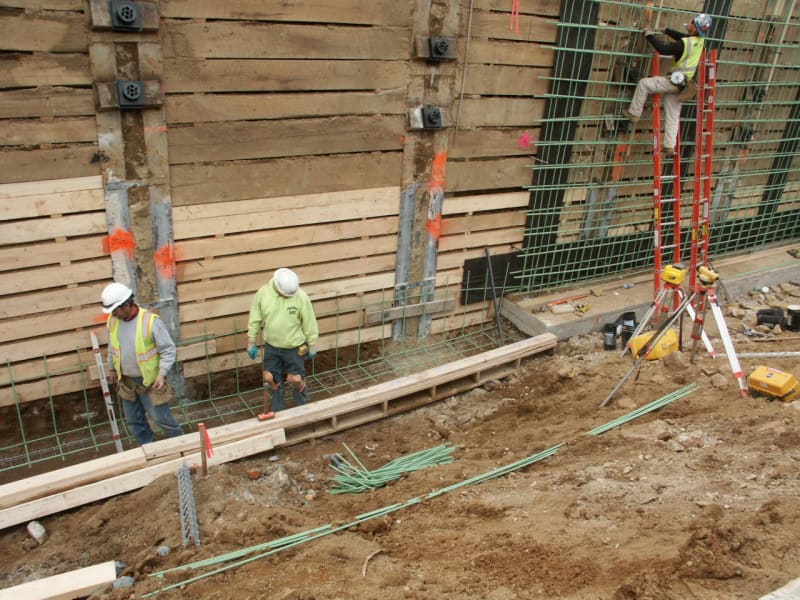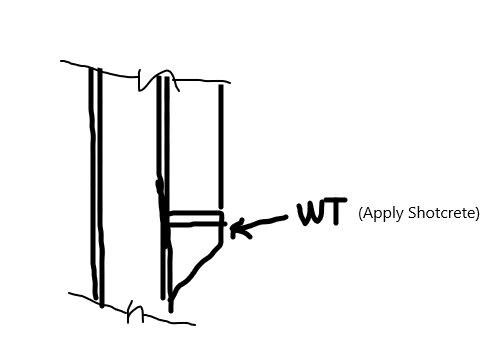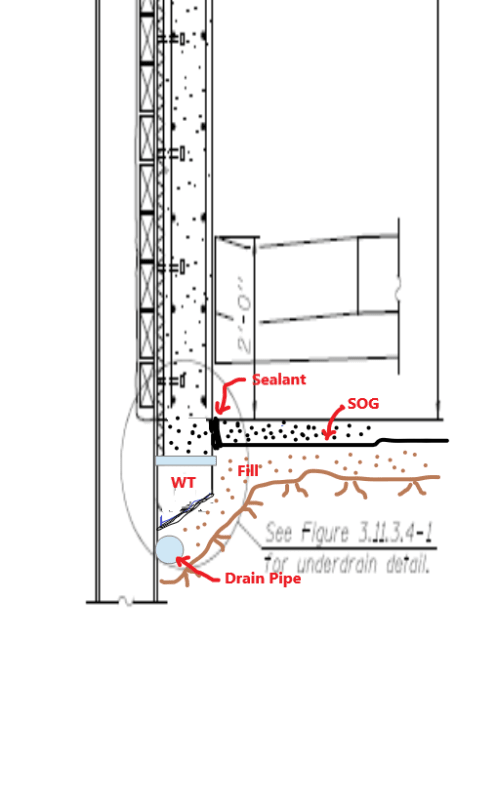t230917
Structural
- Apr 24, 2019
- 51
How do I go about designing the shear studs welded to soldier piles and connected to the concrete facing?
I referred to this thread: thread507-152519
But I need a little more information than was discussed in that thread.
I referred to this thread: thread507-152519
But I need a little more information than was discussed in that thread.



